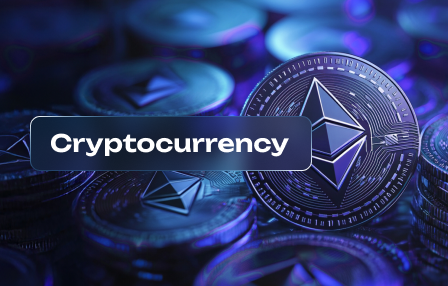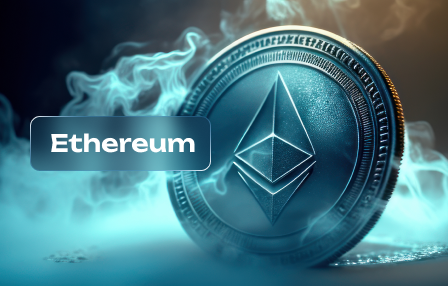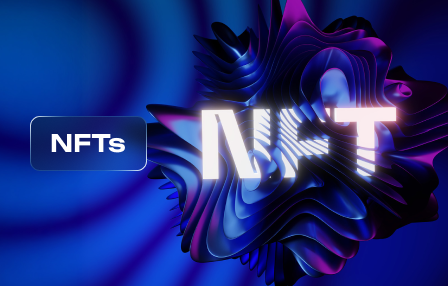Crypto Slang 101 – HODL, FOMO, and More
May 20, 2025
To maximize your success in the crypto market, familiarize yourself with key terms like HODL, FOMO, and others. HODL originated from a misspelled forum post and now represents a strategy of holding onto your altcoins during market fluctuations instead of selling during downturns.
FOMO, or Fear of Missing Out, drives many investors to buy into projects impulsively, often leading to regrettable decisions as they chase rising prices. Understanding these emotions is crucial for maintaining a rational approach to trading.
Diving deeper into specific terminology, dapps (decentralized applications) and wallets play essential roles in the blockchain ecosystem. A secure wallet is necessary for managing your tokens safely while engaging with various dapps for transactions or mining opportunities.
The market sentiment can swing between bull and bear; being aware of these trends allows you to adjust your strategies accordingly. Stay informed about innovations in the blockchain space to identify promising tokens that could yield significant returns.
What Does HODL Mean?
HODL is a misspelling of “hold” that has become a rallying cry among cryptocurrency enthusiasts. It signifies the strategy of holding onto crypto assets, such as tokens and altcoins, rather than selling them during market fluctuations. Originating from a 2013 forum post, the term embodies resilience against the fear of missing out (FOMO) on potential gains during bullish trends.
In bear markets, HODLing serves as a psychological anchor for investors who might otherwise panic-sell their holdings. By maintaining a long-term perspective, investors can ride out volatility and capitalize on future price increases. A robust wallet setup can further secure these assets over time.
For those involved in dapps or mining, HODLing can also reflect confidence in the underlying technology and its future utility. Adopting a HODL strategy requires patience and an understanding of market cycles, enabling participants to withstand both bull runs and corrections effectively.
Identifying FOMO Symptoms
Recognize the signs of FOMO by observing impulsive trading decisions, such as buying an altcoin during a sudden price surge without conducting proper research. If you find yourself constantly checking prices in your wallet or social media for updates on blockchain projects, it’s a clear indication of FOMO.
Another symptom is feeling anxious about missing out on potential gains. This often leads to chasing trends instead of sticking to a well-thought-out strategy, like HODLing during market corrections. If you notice that you’re frequently drawn into discussions about bullish sentiments or mining profits, it may be time to reassess your approach.
Additionally, watch for emotional trading triggered by news articles or influencers promoting tokens. The fear of missing out can cloud judgment and result in poor investment choices. Set personal limits for investments and stick to them; this helps mitigate the risks associated with FOMO.
Finally, if you find yourself unable to sleep due to worrying about market fluctuations or feeling left behind as others profit from the bull runs while you’re still holding a bear position, these are strong indicators of FOMO’s grip on your trading behavior.
Common Crypto Terms Explained
Mining refers to the process of validating transactions and adding them to the blockchain. Miners use computational power to solve complex mathematical problems, receiving cryptocurrency as a reward for their efforts.
A bear market is characterized by declining prices and widespread pessimism. During this phase, investors often lose confidence, leading to lower trading volumes and further price drops.
DApps, or decentralized applications, operate on a blockchain network rather than being hosted on centralized servers. They enable peer-to-peer interactions and eliminate intermediaries, enhancing privacy and security.
A wallet is a digital tool that allows users to store, send, and receive cryptocurrencies. Wallets can be hardware-based or software-based; each type offers different levels of security and accessibility.
Altcoins are alternative cryptocurrencies launched after Bitcoin. While some aim to improve upon Bitcoin’s features, others serve specific niches or communities within the crypto ecosystem.
FOMO (Fear of Missing Out) drives investors to buy assets impulsively due to the fear of missing potential profits. This behavior can lead to poor investment decisions during bullish trends.
The blockchain is a distributed ledger technology that records all transactions across a network of computers. It ensures transparency and immutability, making it difficult for fraudsters to alter transaction data.
A token represents an asset or utility on a blockchain platform and can be used for various purposes such as access rights within dApps or as a medium of exchange. Tokens are often issued through Initial Coin Offerings (ICOs).
A bull market signifies rising prices and investor optimism. In this environment, buying momentum typically increases as more participants enter the market, driving prices higher.
How to Use Slang Wisely
Choose your slang based on the audience. In forums or chats focused on trading altcoins, terms like “HODL” and “FOMO” are understood and appreciated. In contrast, when discussing with newcomers or outside crypto circles, clarity prevails. Avoid overwhelming them with jargon; instead, explain concepts like blockchain or mining simply.
Context matters. Use slang appropriately within discussions about market trends. For example, during a bull market, referencing tokens as “moon candidates” may resonate well. Conversely, in a bear market, caution against FOMO can help educate others about making informed decisions.
Your personal experience adds credibility. Share insights from mining experiences or token investments using relevant slang while ensuring comprehension for all participants in the conversation.
This strategic approach will enhance communication effectiveness and foster a supportive environment for both seasoned traders and newcomers alike.
Avoiding Miscommunication Risks
To minimize miscommunication within the crypto space, adhere to these strategies:
- Clarify Terms: Always define terms like “HODL,” “FOMO,” and others when communicating with newcomers or non-crypto enthusiasts. This ensures everyone is on the same page regarding concepts related to blockchain, mining, and tokens.
- Context Matters: Provide context when discussing market trends, such as bull and bear markets. For example, saying “the market is bullish” should be accompanied by specific indicators or data to avoid misinterpretation.
- Use Visual Aids: When explaining complex topics like dapps or wallet functionalities, consider using diagrams or flowcharts. Visuals can bridge gaps in understanding that words alone might not convey.
- Avoid Jargon Overload: Limit slang usage in critical discussions. While terms like HODL and FOMO are popular among seasoned traders, they may confuse those less familiar with crypto jargon.
- Encourage Questions: Foster an open environment where questions are welcomed. This helps clarify misunderstandings about trading strategies or blockchain technology.
- Regular Updates: Crypto markets are volatile; keep all parties updated on changes that could impact their investments. Regularly discuss how external factors affect token values or mining profitability.
Implementing these practices will enhance communication efficiency and reduce the risk of misinterpretation in crypto discussions.



